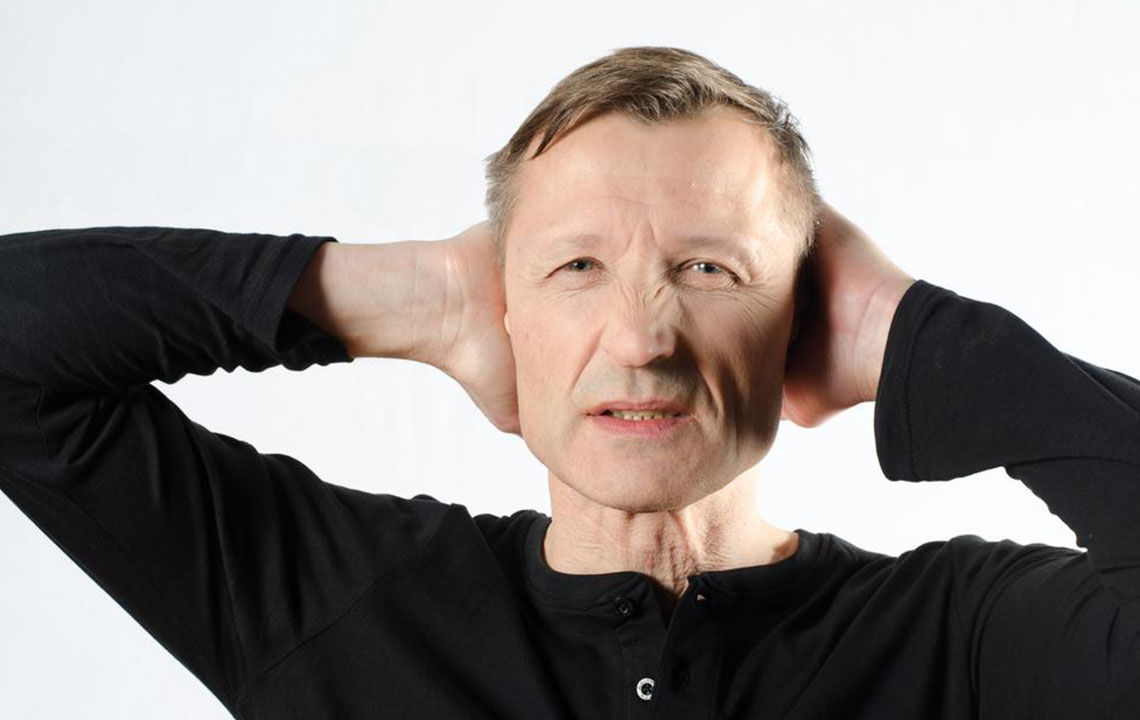Recognizing the Key Symptoms of Seizures You Should Know
This article explains the key signs of seizures, including symptoms like auras, emotional shifts, and physical behaviors. Recognizing these indicators early is crucial for timely medical intervention. It clarifies the difference between seizures and epilepsy, emphasizing the importance of seeking professional diagnosis to manage and treat seizure episodes effectively.

Understanding Seizures and Their Symptoms
The human brain relies on a network of neurons to transmit information. Normally, minor disruptions are common, but when multiple neurons malfunction simultaneously, it can trigger muscle jerks and sudden jolts. This phenomenon, known as a seizure, involves abnormal electrical activity in the brain that impacts physical and mental functions.
Seizures vs. Epilepsy
While related, a seizure is a single event, whereas epilepsy is a neurological disorder characterized by recurrent seizures. Not all seizures indicate epilepsy, but understanding the distinction is essential for accurate diagnosis and treatment.
Recognizing Seizure Indicators
Early identification of seizure symptoms can assist in prompt treatment. Some signs may seem subtle or typical, making detection challenging. Being aware of these symptoms helps in seeking timely medical help.
Auras
This common sign involves unusual sensations such as strange tastes or smells, visual disturbances like blurry vision or flashes of light. Individuals may also notice sudden changes in body temperature or hear background noises. Numbness or weakness in certain areas may occur.
Pre-Seizure Pain
Some people experience sharp pain before a seizure, often a severe headache, signaling an impending episode.
Emotional Changes
Unusual mood shifts, including feelings of déjà vu or jamais vu, can signal an upcoming seizure. Déjà vu feels like a familiar experience, whereas jamais vu makes familiar situations seem strange. These feelings can cause disorientation.
Anxiety and Restlessness
Pre-seizure anxiety is common — adults may feel unusually stressed, while children may become irritable or restless. Depression, heart palpitations, and breathing difficulties can also precede seizures.
Speech and Physical Behaviors
Speech changes include stopping abruptly, incoherent talking, or exaggerated chatter. Physical signs include numbness, drooling, persistent staring, eye movements, sweating, and pale skin.
Automatisms and Tremors
Automatisms involve involuntary repetitive actions like hand movements or pacing. Tremors are sudden, forceful twitching in the face or limbs that may spread across the body.
Loss of Control and Body Stiffness
During a seizure, weakness can cause collapse or loss of bladder and bowel control. Stiffness may restrict movement, affecting part or all of the body.
Post-Seizure Symptoms
Recovery often includes confusion, nausea, headaches, weakness, dizziness, temporary memory lapses, and emotional distress. Providing comfort and reassurance is vital. Since seizures can recur, consulting a neurologist is important for ongoing care.
Disclaimer:
Our blog offers insightful information across various health topics. While based on research, it should not replace professional medical advice. Always consult a healthcare professional for diagnosis and treatment options regarding seizures or other conditions. The site may not include all available schemes or offers relevant to individual needs.










